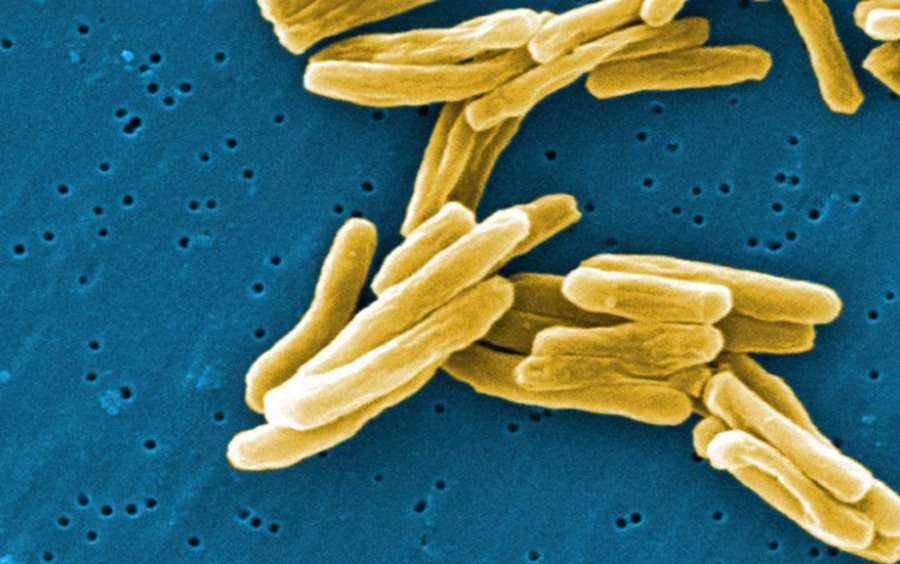The oldest traces of tuberculosis come from Silesia
Paleontologists from the University of Silesia and the Institute of Paleobiology of the Polish Academy of Sciences have discovered the world’s oldest traces of tuberculosis. Researchers have found tiny growths in the fossil of a marine reptile from 245 million years ago.
The skeleton, on whichoThe tiny, nodular growths were found in the fossil, coming from a collection ofoin the Geological Museum of the University of Wroclaw. It was found at the turn of the 20th century in Gogolin, Opole region. Most likely, the remains belonged to a carnivorous reptile related to the known notosaurs of the period. The specimen was described in 1902 by German geologist Wilhelm Volz. During the turmoil of war, the fossil was damaged and to this day theow preserved a small part of it.
The growths found on the four preserved ribs were discovered by Dawid Surmik, a PhD student from the Faculty of Earth Sciences at the University of Silesia, ktory studied the fossil. He contacted an expert in ancient skeletal pathology, Dr. Bruce, on the matter’em Rothschild from the Carnegie Museum in Pittsburgh and Tomasz Szczygielski from the Institute of Paleobiology of the Polish Academy of Sciences, whooroalso works on fossil reptile materialow.
High-resolution X-ray microtomography and histopathological examination of pathologically altered ribs revealed traces of chronic respiratory infection. Researchers concluded that they were dealing with a reaction of the periosteum to a chronic infection, ktoThe disease turned out to be tuberculosis. The results of the research were published on „Royal Society Open Science”.
To confirm his suspicions, the material was sent to the National Multidisciplinary Laboratory Nanomaterialoin Functional (NanoFun), where Katarzyna Janiszewska, Ph.D., thoroughly studied the growths of. The researchers’ conclusions proved correct. Thus, it is the oldest dowod on the existence of tuberculosis, which means that its ancestralod dates back to the earlyoin the era of great reptilesow – reads the announcement made available on the website of the University of Silesia.
Surmik has been involved in the search for traceoin diseases fixed in skeletal remains of vertebratesoIn hundreds of millions of years agooin years, thus expanding the meaningful scope of the field of paleontology, which is paleopathology This science provides data to explore the evolutionary history of chorob.
– Last year, we described traces of joint infections in pistosaursow, a slightly younger relative of theow notosaurusow. So the remains of these prehistoric marine animals are mute witnesses to some of the oldest and most dangerous diseasesob infectious diseases, whichore could have a significant impact on the survival of the speciesoin Earth’s geological past – mowi scientist quoted in the UŚ announcement.
SourceoSource: University of Silesia, photo. Janice Haney Carr / Centers for Disease Control and Prevention

